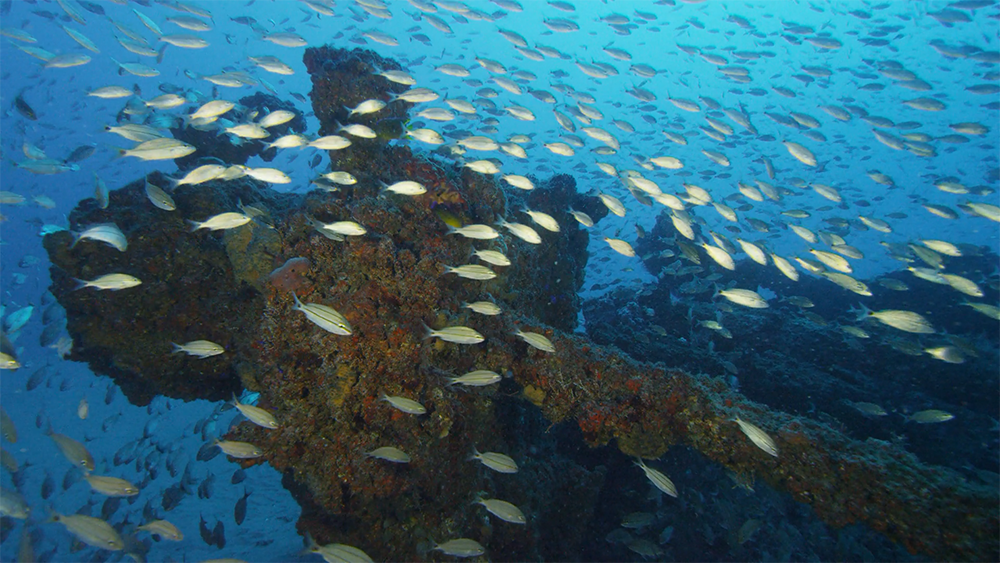NCCOS scientists and their partners have outlined a way to make ecological criteria part of the artificial reef planning process in the United States.
Planning processes for artificial reefs differ globally, yet most systems do not fully incorporate ecological considerations. Despite identifying some ecological factors, the United States artificial reef planning and management framework — which includes decision-making at federal, state, and local levels — does not optimize ecological outcomes.
Artificial reefs, though intentionally sunk to form habitat for marine life, are designed and sited largely to advance societal and economic benefits and minimize conflicts with other uses, such as shipping traffic and military use. The research team’s new publication offers an updated artificial reef planning framework that balances societal uses with more positive ecological outcomes.
For example, siting decisions within the updated framework address artificial reef connectivity and distribution issues relative to nearby natural habitats. Also, artificial reef building material, size, orientation, and complexity are considered and chosen carefully, as they help determine which and how many marine organisms will use the structure.
The proposed framework seeks to account for a complex array of ecological, social, and economic criteria to ensure artificial reefs best meet ecological goals and human needs.

